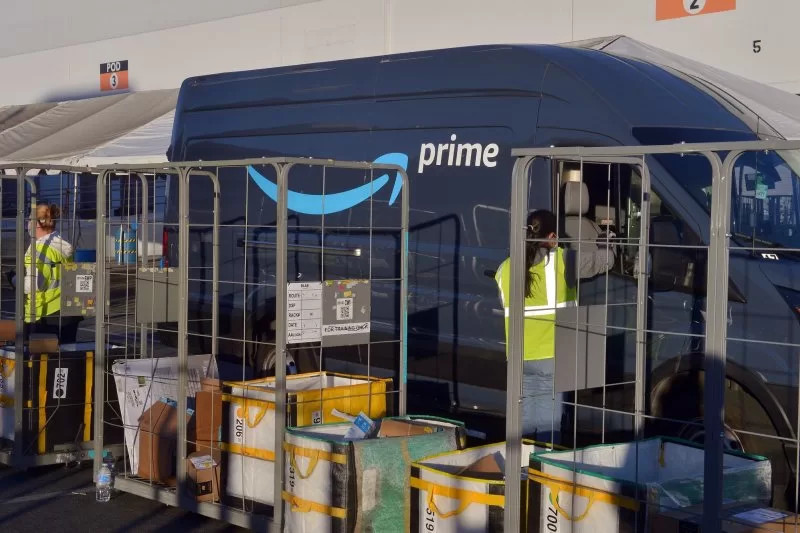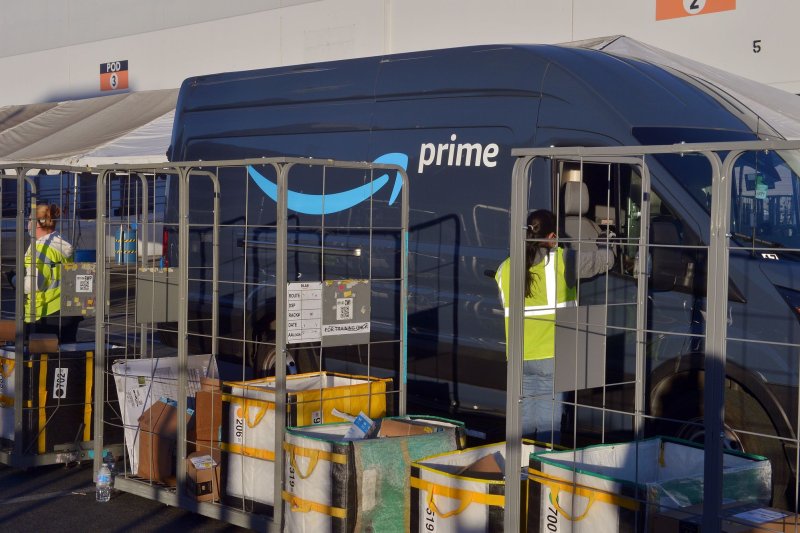A Senate report said that Amazon Prime Days leads to more injuries among its warehouse workers. File Photo by Jim Ruymen/UPI |
License PhotoJuly 17 (UPI) — Amazon Prime Day is a major cause of worker injury at the company’s warehouses, a Senate committee investigation found.
The company’s annual massive discount deals event which ran Tuesday and Wednesday this year was the target of a year-long investigation by the Senate’s Health, Education, Labor and Pension Committee released Tuesday.
The report focused on the working conditions at Amazon’s warehouses, which are the focal point of the deliveries.
The report showed that Amazon’s total injury rate, which includes injuries that the company is not required to tell the Occupational Safety and Health Administration, was nearly 45 injuries per 100 workers, during Prime Day in 2019.
The number of “recordable” injuries reported to OSHA over the same period was more than double the industry average with 10 injuries per 100 workers.
“The incredibly dangerous working conditions at Amazon revealed in this investigation are a perfect example of the type of corporate creed that the American people are sick and tired of,” Sen.Bernie Sanders, I-Vt., chairman of the committee said in a statement.
“Despite making $36 billion in profits last year and providing its CEO with over $275 million in compensation over the past three years, Amazon continues to treat its workers as disposable and with complete contempt for their safety and wellbeing.”
Sanders said Amazon must be held accountable for its “horrendous working conditions” at its warehouses.
The report said that Amazon should give customers “realistic delivery estimates” that take into account customer safety while improving its employees’ wages, benefits and working conditions.
Amazon spokesperson Kelly Nantel dismissed the report, telling NBC News that its conclusions were “sweeping and inaccurate” and based on anecdotes that could not be verified.
“It misrepresents documents that are several years old and contained factual errors and faulty analysis,” Nantel said. “For example, one of the false claims in the report implies that we’re not adequately staffed for busy shopping periods.”

